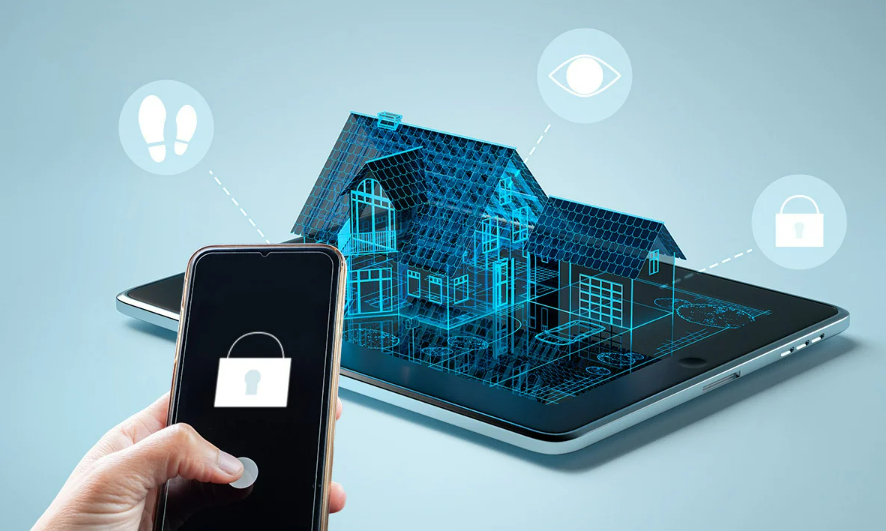Introduction:
Earlier when home automation was introduced and it was new, there were fewer companies in the market providing such solutions. But now when the market is emerging and it’s going towards DIY (Do It Yourself) trend, there are a lot of companies providing automation related solutions. These are brands like Nest, Samsung, Hue, Sonos, Honeywell, Yale, Iris, Insteon, Belkin, and many more that will individually control you’re A/C, lights, locks, cameras, home audio, garage door, window shades, and anything with a plug. These new devices are great but when used together, actually create a new set of consumer problems which is explained in this blog.
Challenge:
What if you bought a Nest thermostat, Samsung door lock, Phillips Hue lighting, Lutron light switch, a Sonos audio system, and a bunch of Belkin wireless plugs?
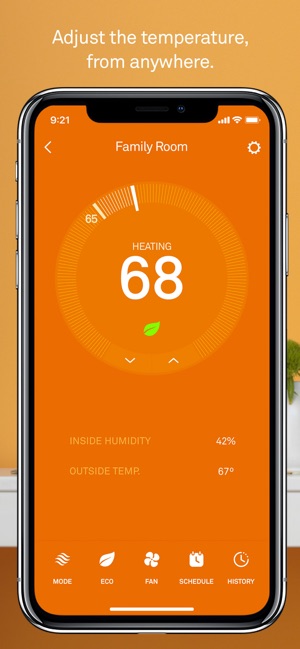
Nest Thermostat
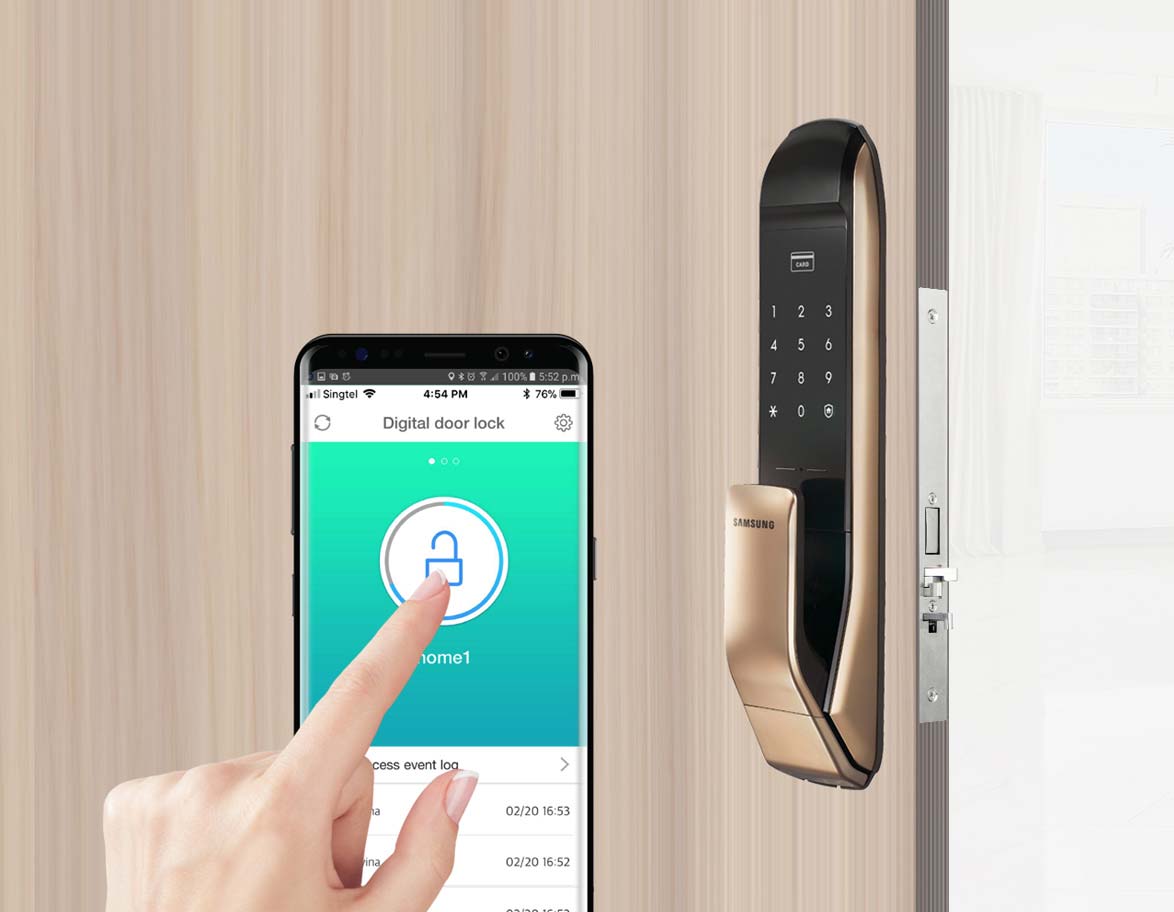
Samsung door lock
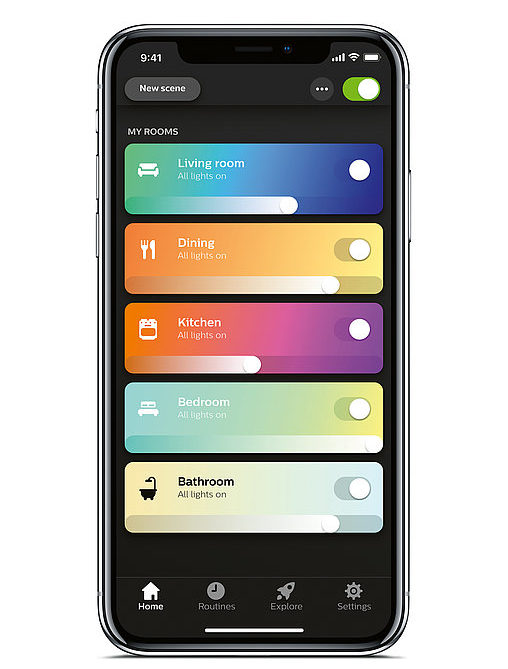
Philips hue
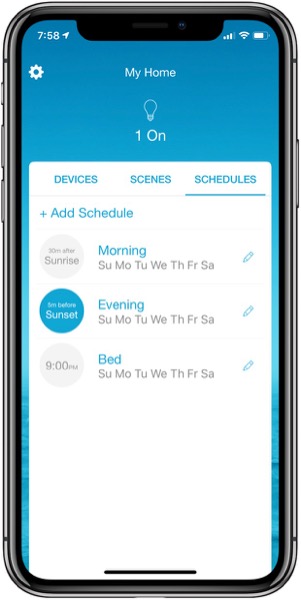
Lutron Lighting
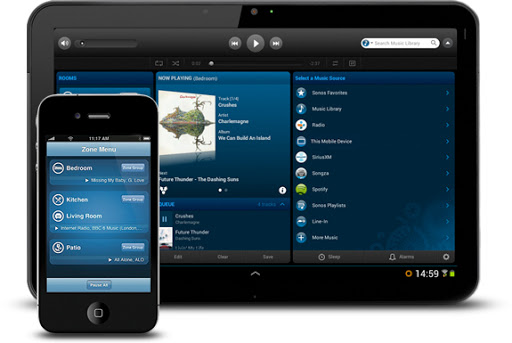
Sonos Audio
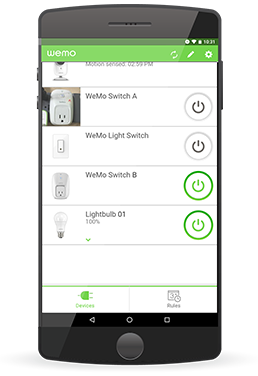
Belkin Electric Sockets
- Firstly, you would have six different apps to setup, learn, and use that all look and feel different. Won’t it be tedious to use? This is one of the main reason why some user invests in automation but rarely use it. And gives negative reviews about it!!
- Additionally, there aren’t easy ways to make the devices work as one system i.e. if you wanted to trigger an event after an event. What if you wanted your outdoor lights to turn on after the garage door unlocks? That’s not going to happen because it requires two separate apps. Here, your investment is giving you limited returns.
Solution: One Single App
The best possible solution for the above problem is to interlink all the smart devices of your home and have a single app to control them.
1. Multi-functionality companies:
There are various home automation companies available in the market which provide multiple solutions related to home automation like lighting, multimedia solutions, security, curtains, etc. And thus it allows you to control all of its devices via a single app.
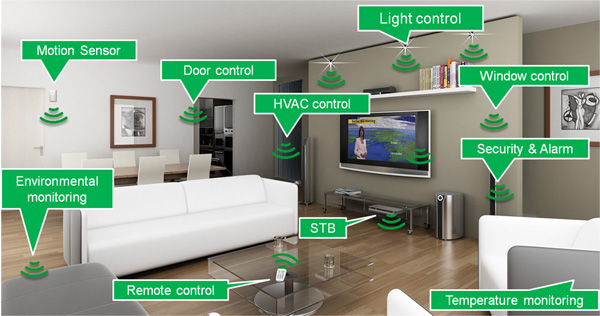
Pros:
- The interlinking of devices will be easy as all the devices are from the same manufacturer.
- In most cases, there is no need for technical expertise as interlinking is designed for DIY users.
Cons:
- The devices are costly compared to other solutions.
- Most of these are closed systems which mean that you cannot add a third-party solution to the system even if you want to.
2. Open-source Systems:
In order to standardize automation devices, many companies are building devices that communicate on the same frequency with the same set of protocols and are completely open-source too. Hence these devices can be interlinked as well as used from one single app too.
To know about the solutions provided by such open-source systems, click here “Solutions” (add the link for solutions tab of our website).
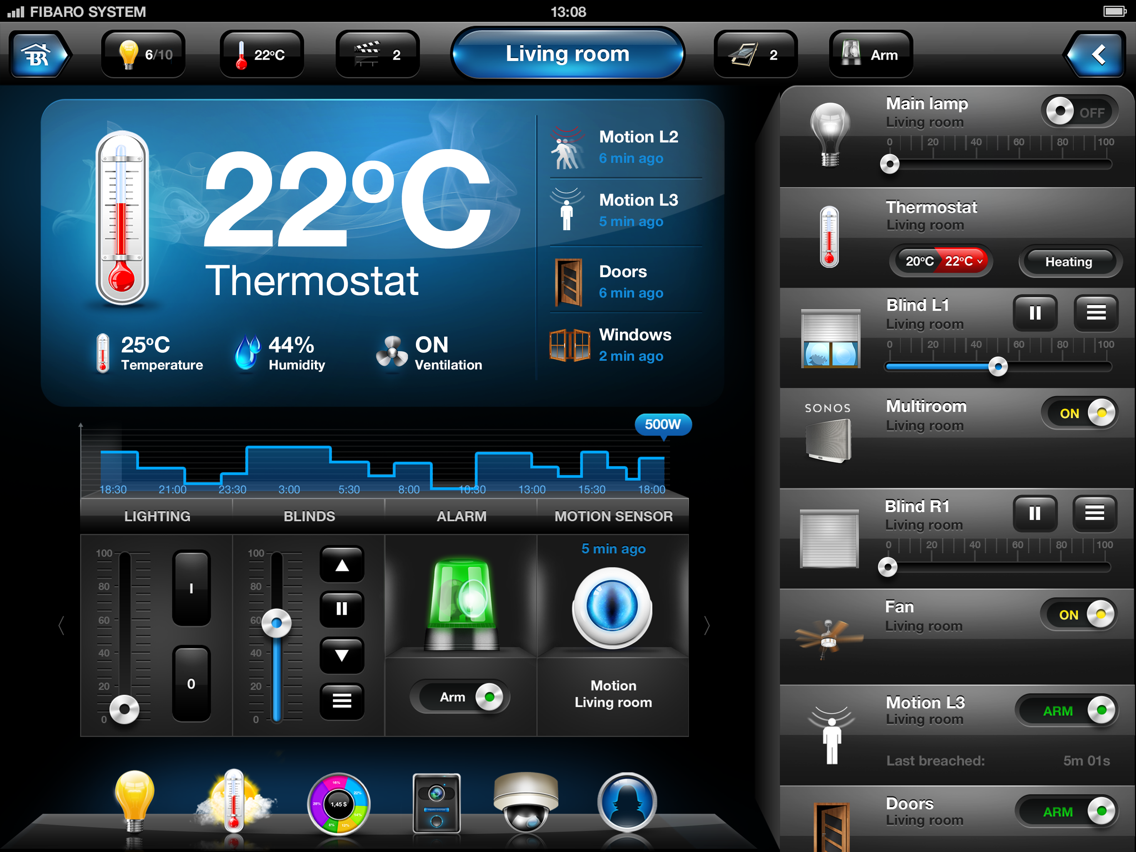
Pros:
- You get a wider pool of products for selection hence you can get more functionalities.
- All the devices under this category are cost-effective.
- As this is an open system, you can personalize your interface suiting your needs.
Cons:
- As all the devices will be from different manufacturers, you will require an installer/integrator with adequate expertise.
If you want to know more about any of the above-mentioned solutions then “Contact US”.
Conclusion:
Many people are opting for home automation nowadays. But they will continue using it for a longer time only if its use is simple and comfortable. And to achieve that, it is very necessary to bring all the smart devices on a single platform and use them via a single app.




